Zion National Park
Zion National Park, in Utah, is a 147,000-acre area of stunning landscape, rugged rock, sheer canyons, and sandstone mountains. In the heart of the park you can find the Zion Canyon, which is lined with towering walls ranging from 600 to 2200 feet high.
Here you will find many famous cliffs and mountains including the Great White Throne, The Temple of Sinawava, Angels landing, the Court of the Patriarch and Red Arch. You will find Zion National Park in Southwest Utah, 43 miles east of St George and Interstate 15.
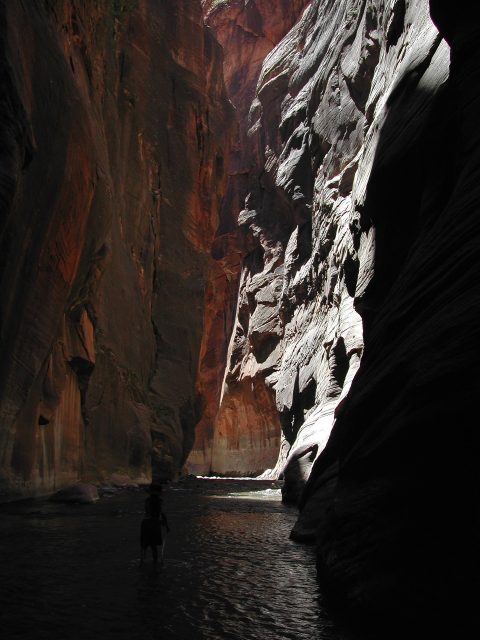
Zion, with its hundreds of climbing routes, offers big wall climbs and cragging aplenty. Most of the routes follow crack systems from one pitch to multi-pitch routes up big walls. These routes are made from Navajo sandstone which was deposited over 200 million years ago.
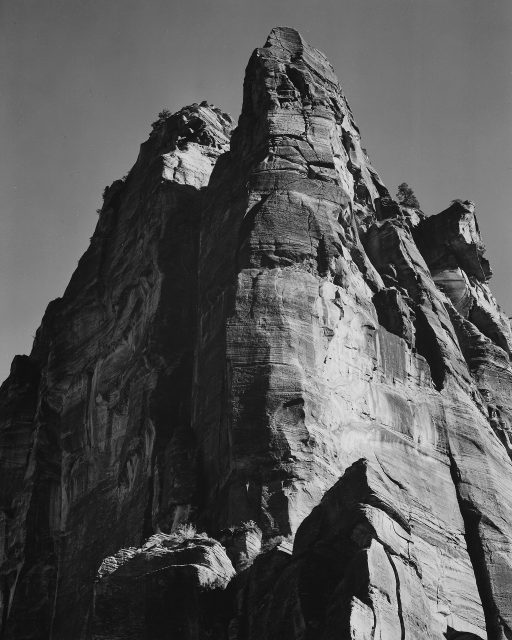
It is one of the largest sand dune fields ever discovered. Some of these routes are seriously long and often dangerous with quite a lot of loose rock. Climbers have numerous opportunities to improve their crack climbing techniques along some of the shorter routes and jam cracks found at the bases of many of the tall cliffs.
Zion National Park is the sandstone version of Yosemite Valley. It really is an adventure climbing area. However, most routes are not suitable for beginner climbers, nor sports climbers who like to have bolts placed at every few feet. You need solid traditional climbing skills to tackle Zion National Park. You will need skills which include the ability to place your gear for protection. Make sure you have anchors and rappelling gear for descending complex faces and gullies.
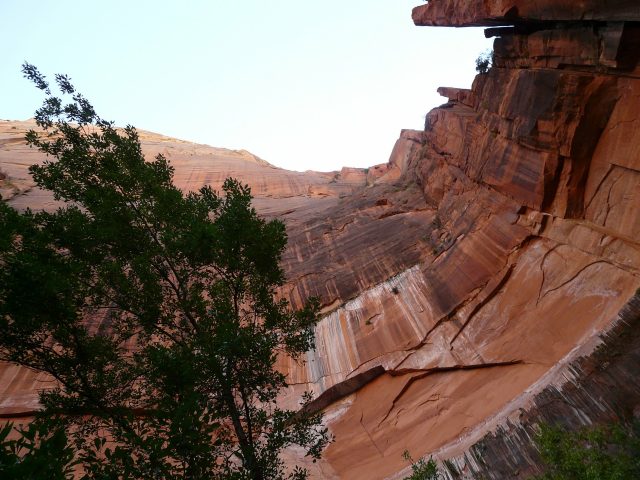
You will need some ability to deal with the loose rock found on the routes and lots of experience with cracks of all sizes, from fingers to gaping chimneys. You will also have to be good at route finding up some very challenging rock faces. The three sectors of Zion are: Zion Canyon, the Kolob Canyons, and the eastern side of the park.
Zion Canyon
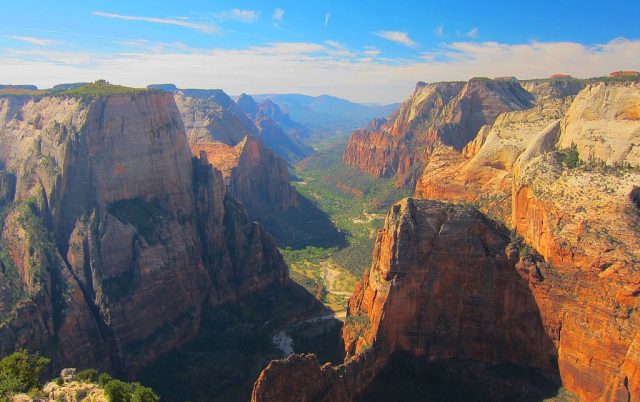
The canyon is the main area, and it’s where you’ll find hundreds of routes on the park’s renowned big walls. These include the space shot, monkey finger, moonlit buttress, a prodigal sun, and others.
Kolob Canyon

The Kolob Canyon to the west of the park, near Interstate 15, boasts lots of adventure climbing with some big walls. The east side of the park has slab routes and big domes to offer above UT-9 and the park entrance.
Climbing routes
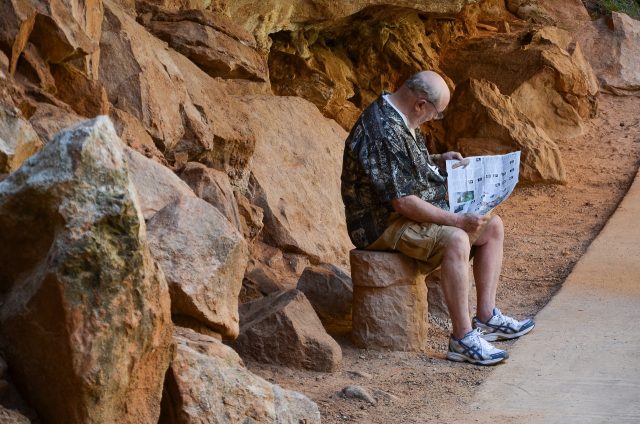
Long classic free climbing on stunning splitters are there to attempt including Shunes Buttress (III 5.11C) with 6 to 8 pitches, and multiple pitches on Prodigal Sun (IV 5.5 or 5.8C2). This is a popular big wall route up the east face of Angels Landing. Moonlight Buttress (IV 5.13a or 5.9C1) has 12 pitches which give you lots of exposure on a stunning line. Space shot (IV 5.10 C2) with eight steep and spectacular pitches up thin cracks. Monkey finger (III 5.12) is another great route with nine pitches. The Astroman of Zion consists of steep and difficult jamming.
Climbing equipment
A standard rack for Zion requires a set of stoppers or some other wired nuts, at least one set of TCUs, a couple of sets of cams and big crack gear to protect off widths. You will need about ten quickdraws, some carabiners, and a few two-foot slings. Make sure to consult the route descriptions on the website for a more detailed list of the kit required.
You will also need to have with you a 165-foot rope for all routes. A 200-foot rope would be great to run pitches together. Quite a few of the routes need two ropes to rappel off.
The distances from some of the major cities
- Las Vegas NV: 160 miles.
- Phoenix AZ: 394 miles.
- Los Angeles CA: 429 miles.
- Salt Lake City UT: 303 miles.
- San Francisco CA: 727 miles
- Denver CO: 635 miles.
Access issues and restrictions
- Some of the cliffs are closed for part of the year to protect raptor nests. You should check the park website or check with the Backcountry desk in the park visitor center for details.
- There is no registration for climbers, but all overnighters do need to register at the visitor center to get the Backcountry permit.
- You will find approved grills where you may have cooking fires and these are found in campground areas. No wood gathering is allowed.
- During rain and snow, it is required that you keep clear of the sandstone cliffs to avoid damage to the friable wet rock.
- Practice the “leave no trace minimum impact” ethic. Please follow existing trails. Avoid damage to vegetation.
- Take your trash home with you, using a closed bag or wag container for human waste. Also please remove toilet paper.
- Please practice clean climbing techniques. Do not use a hammer and pitons as this scars the rock and will damage the cracks. So many of the Zion big walls are clean with no pitons and hammer damage.
- Please park only in designated areas or make use of the shuttle and avoid any damage to archaeological sites.
Weather
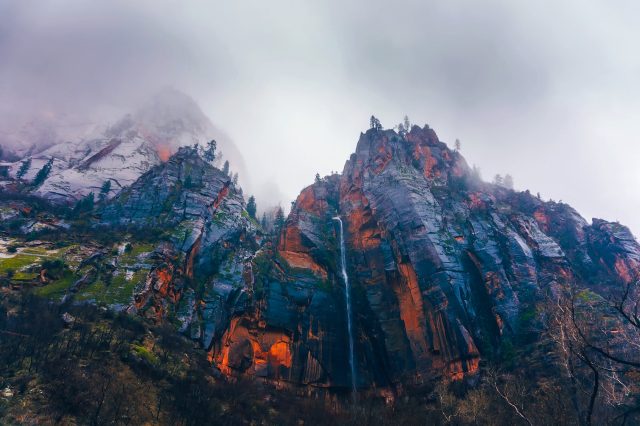
Weather can be extreme both in winter and summer with temperatures soaring upwards of 100 degrees in summer. It is advisable to climb either early morning or evening if the cliff is not on the shaded side.
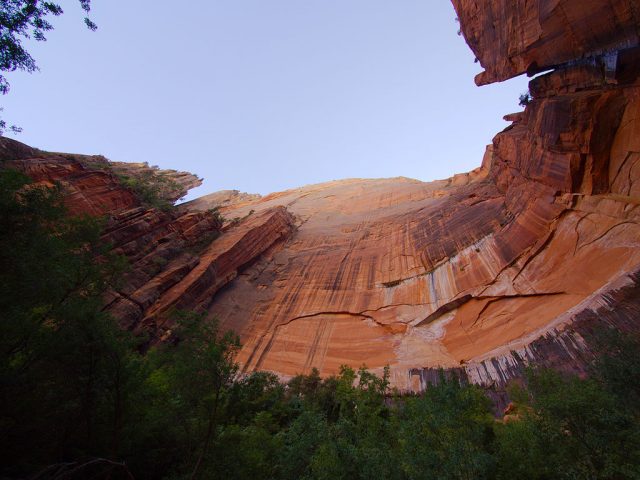
Severe thunderstorms are known in the area, and there are occasionally flash floods in the canyons after heavy rain. Spring and autumn are probably the best time to visit, with day time highs between 60 and 90 degrees. Sometimes there are cool, rainy spells. Winter days are very cold with regular snowfall. Sunny cliffs are not easy to find in winter.
Accommodation
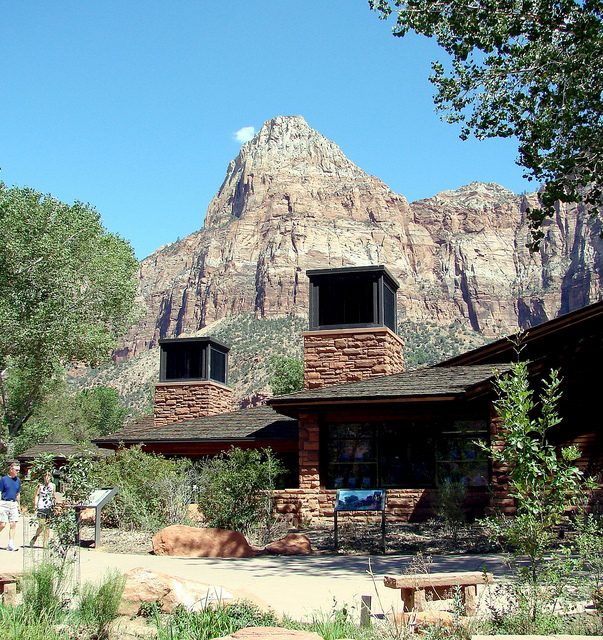
The best campsites for climbers are the two at the south entrance to Zion Park. South campground has 127 sites available on a first come first served basis and is open from spring to autumn. Watchman campground has 162 sites and is open all year round but reservations need to be made by calling 877-444-6777.
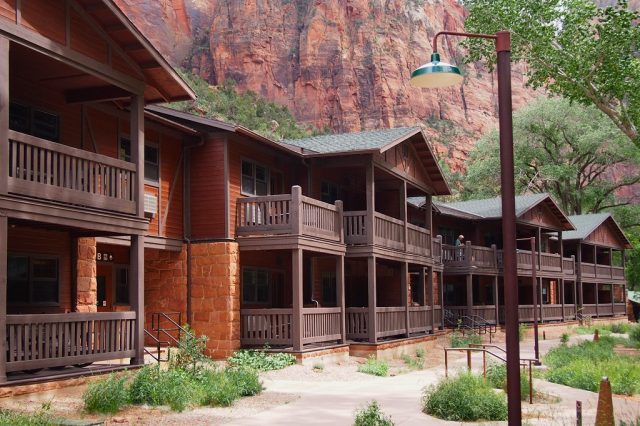
These campgrounds are very busy on weekends and the summer holidays so reserve a place or get there very early. There are services available in Springdale such as motels, shops, and restaurants. This is near the south entrance to the park.
Books
There are a couple of good books about the area:
- Falcon Guides, 1998, by Stewart M. Green, details the best routes at Zion National Park.
- Zion Climbing by Bryan Bird, Supertopo.
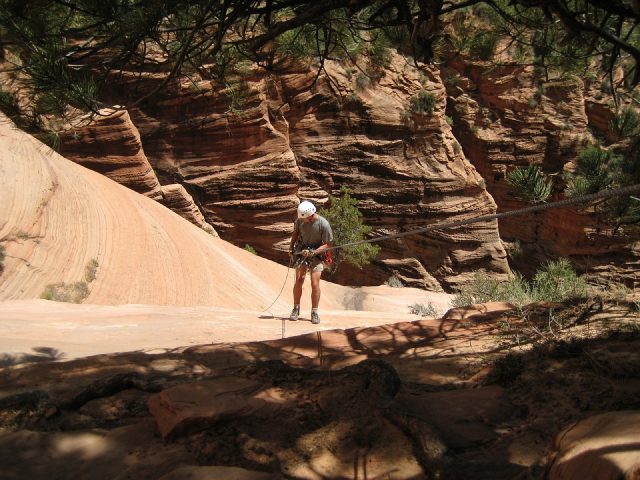
If you have any comments then please drop us a message on our Outdoor Revival Facebook page
If you have a good story to tell or blog let us know about it on our FB page, we’re also happy for article or review submissions, we’d love to hear from you.
We live in a beautiful world, get out there and enjoy it. Outdoor Revival – Reconnecting us all with the Outdoors.





